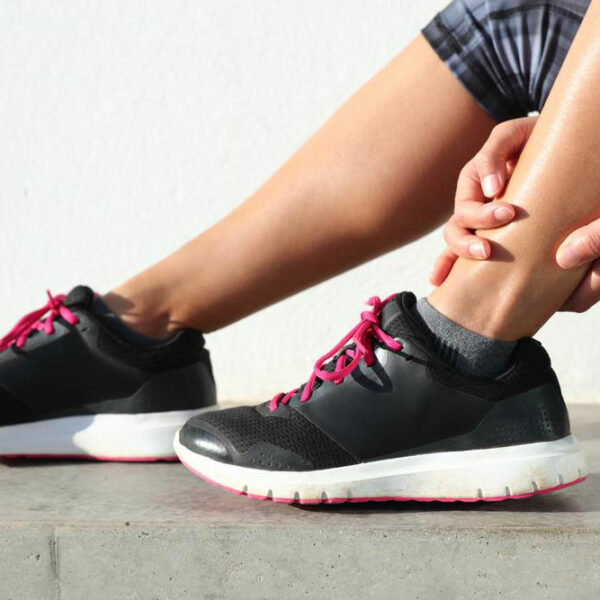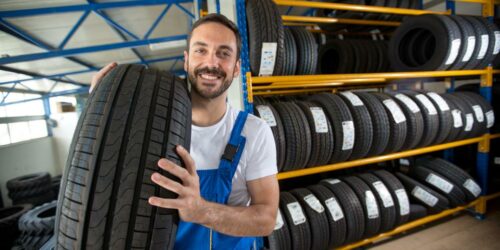How to treat heel pain in runners
Some of the common form of conditions include plantar fasciitis, calcaneal apophysitis, and Achilles tendonitis. Out of these, the common condition that runner suffers from or will encounter at least once in their sports career is the heel pain. There may be many causes of heel pain but one the cause that results in the condition is the overuse injury.
To treat the heel pain, we need to consider some factors such as pain, its intensity, duration, relief, prior history and treatment, training schedules, footwear, and medical history.

The initial treatment of heel pain in runners consist of the following steps:
Rest “ Restrict from running and modify your physical activity, cross training for instance.
Stretching “ Runners experiencing heel pain should not actively and aggressively stretch if they experience immense pain due to the injury on the heel. Doing so may actually aggravate the injury and hamper recovery. It is actually helpful in the recovery phase, that is after the healing begins to take place. Stretching during the recovery phase is done to heal from the injury. Stretching during the treatment too aggressively can lead to a acute injury. This can further lead to injury to the muscle fibers.
Night splints “ Night splints offer external support to the lower foot (and to the heel) while you are resting or sleeping during the night. It helps in restricting the movement of the heel by preventing any further internal injuries.
Pads and orthotics “ They perform the same functions as night splints. These include prefabricated or custom orthoses.
These are the following four phases of treatment of heel pain in runners:
Acute phase “ It focuses on decreasing the acute pain and inflammation and avoid rebound activity. Patients need to follow cryotherapy three times daily for 20 minutes with prescribed meals.
Rehabilitation phase “ Seeking to further decrease the pain and inflammation usually involves physical therapy modalities and maintaining and increasing the flexibility of the injured tissue. It is called a rehabilitation phase because it intends to provide light physical exercises that would eventually help in decreasing the heel pain.
Functional phase “ The third phase of the treatment, this phase intends to strengthen the intrinsic muscles of the foot and protect the injured area with taping, stability shoes, and orthotics, during functional activity.
Return to the activity “ Technically, the third phase was the preparation for the runner to return to activity. The fourth phase is actually the toughest of them all as it deals with the tolerance of the runner. The runner has to begin walking, jogging, and eventually sprinting. To condition the pain, cross training can continue as an off-day training.





